I seriously do not understand where to go with the following question.
Any hints or steps would be greatly appreciated.
I really want to know what I'm supposed to do, as opposed to just getting the answers.
I understand why we use Big-Oh (Worst-case) but I can't wrap my mind behind the mathematics. How to you calculate the total runtime?
